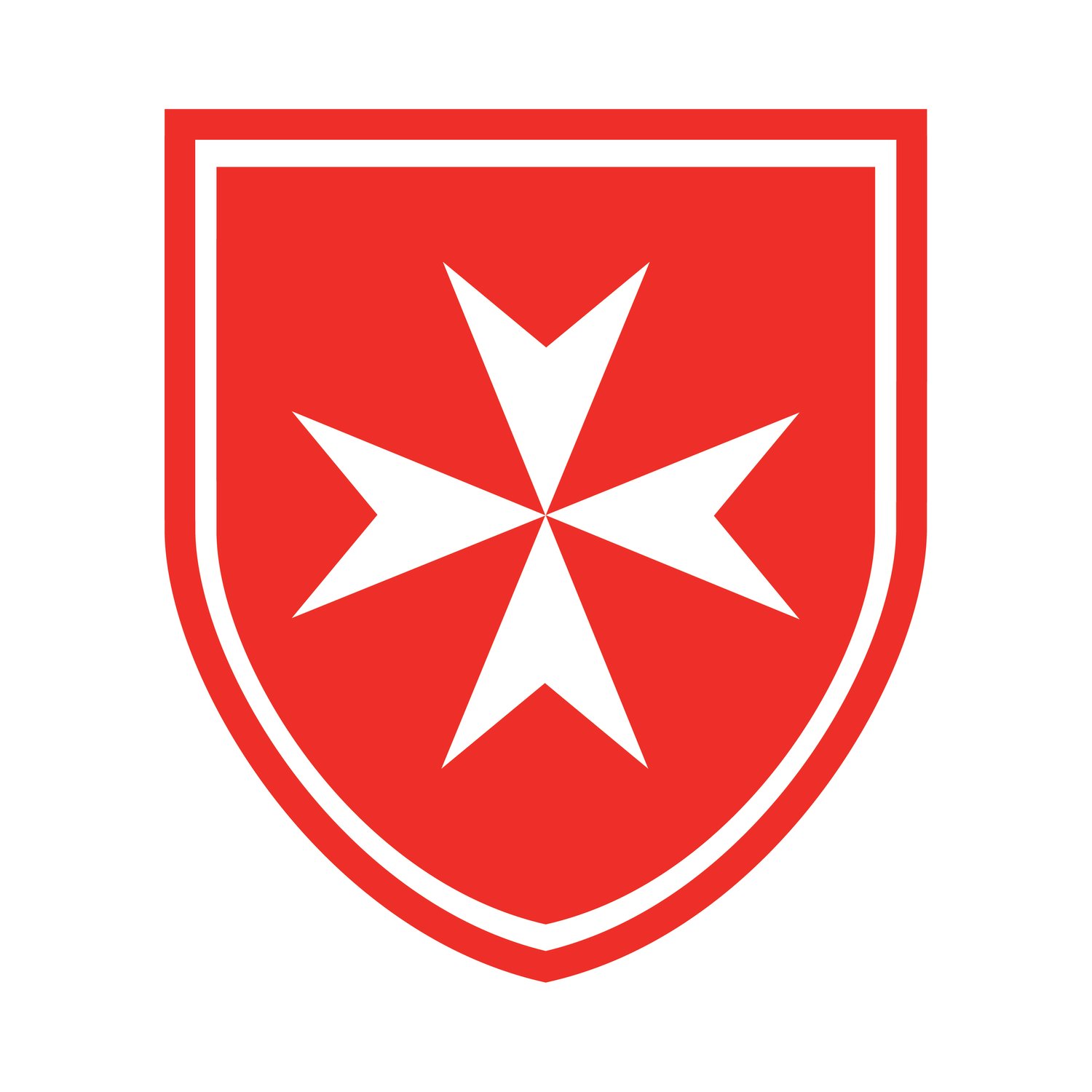Our Lady of Philermo
The Madonna of Philermo is an ancient sacred icon painted, according to legend, by Saint Luke, which had travelled miraculously across the sea from Jerusalem to Mount Phileremos on the island of Rhodes, where it was kept in a shrine, which later became a sanctuary. From earliest times the icon was venerated as an object of great devotion. Christianity was brought to Rhodes by Saint Paul (as later to Malta) so the Christian community on this island was of great antiquity.
When the knights of the Order of Saint John conquered Rhodes in 1309, the Philermo Madonna soon became one of their most treasured possessions, and ever since they have held her in special veneration. They observe her feast on the Birthday of Our Lady (8th September, kept also as the observance of the raising of the Ottoman Siege of Malta in 1565, attributed to Our Lady’s intercession), and they invoke her by the title of Our Lady of Philermo in the prayers of the Order and in the bidding prayers at Holy Mass.
After the loss of Rhodes to the Ottoman Turks in 1524 the icon accompanied the Knights on their peregrinations in search of a new home until they finally settled on Malta in 1530. On arrival there it was kept in the church of Saint Lawrence in Birgu, and subsequently in the newly built city of Valletta, firstly in the church of Our Lady of Victories (the Victoria Church) and eventually in a special chapel in the Conventual Church of Saint John. The icon was honoured with four sets of dresses, the oldest with the arms of Grand Master Philippe Villiers de l’Isle Adam (1464–1534), these were made in silks and velvet set with pearls and jewels.
When the Knights were expelled from Malta by Napoleon in 1798 the Grand Master of the Order, Ferdinand von Hompesch, took the icon with him, and on abdicating the following year, sent it to Russia where the Knights gave it to Tsar Paul (who had been illegally elected Grand Master by a group of rebel knights, and supported in the hope that he might assist in regaining Malta for the Order.) Having survived the Bolshevik Revolution of 1917, the Dowager Empress Maria Feodorovna took the icon with her to her native Denmark where she sought refuge in 1919. Before her death in 1928 she entrusted the icon to her daughters, who sent them to Belgrade via the president of the Synod of the Russian Bishops in exile in Berlin.
In 1932 the icon was consigned to the custody of King Alexander I of Yugoslavia, who kept it in the chapel of the Royal palace in Dedinje. In 1941, with the threat of an impending Nazi invasion, the icon was sent to the orthodox monastery of Ostrog in Montenegro. From this time all trace of it was lost until, in 1993, the icon was discovered in the storerooms of the National Museum at Cetinje, Montenegro. It was confirmed as truly being the lost icon by the Italian scholar Giovanella Ferraris de Celle in 1997, and remains on display in the Museum to this day.
A copy, commissioned by Tsar Nicholas I in 1852 for processional use, has survived and is kept in the Basilica of S Maria degli Angeli at Assisi. It has been repainted several times in a very inept manner.
In 2009 a full-size copy of the icon was painted in traditional egg tempera by an icon painter in Bulgaria, and given anonymously by a friend of the Order to the Grand Priory of England at Easter 2010. The painter was able to study the photographs from Montenegro, and base the design and colours of the veil on the original. As there is no surviving evidence of the background, she decided to leave this in plain gold. The icon is housed at the Grand Priory’s Chapter Room in London.


